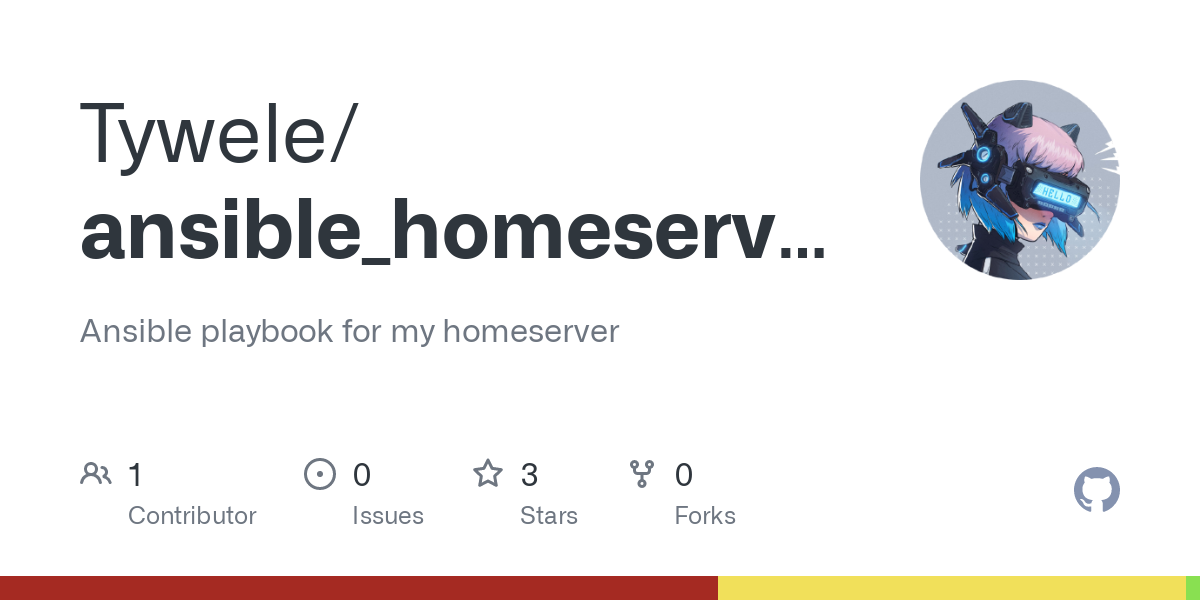After getting fed up with TrueNAS (after it borked itself for the third time and I would have had to set it up AGAIN) I decided to learn Ansible and write a playbook to setup my homeserver that way.
I wanted to share this playbook with you in case someone might find it useful for their own setup and maybe someone has some tips on things I could improve.
This server will not be exposed to the public/internet. If I want to access a service on it from outside my home network I have Wireguard setup on my router to connect to my home network from anywhere.
Keep in mind that I’m relatively new to sysadmin stuff etc so don’t be too harsh please 😅
Nice work!
I’m unsure but I see secret.yml in there. Is that sensitive? You might want to update that ASAP if it is.
If you look inside the file you will see that it’s an encrypted file created via
ansible-vaultLooks like it’s encrypted with ansible-vault
If I read this correctly, Immich is setup entirely through Ansible, no docker compose. That’s fine, however if Immich changes something drastically in their setup topology, it’ll be more work for you to implement those changes. For services that use docker compose, you could use Ansible to deploy a compose file in a dir, say
/opt/immich-dockeralong with its requisite.envand other files. Then setup running it via systemd. Then when you need to update it, it’s almost copy-paste from the upstream compose file into your Ansible repo.Heck, you could do a pre-stage play where you delegate to localhost an
ansible.builtin.get_urlto download the compose file before doing the rest.I wouldn’t do that because I’d be inevitably picking up breaking changes without my knowledge that I’d have to fix after the fact. Unless you’re pulling from a tag I guess. Still storing along the playbook feels more robust. It’s less likely to get any surprises. Also I’m working under the assumption that you want to write idempotent code so you don’t get breakage when your rerun it, which allows to run it on a schedule, to ensure your config doesn’t drift too much.
Nice, well done. I wish I could find the same for Debian.
It should be pretty easy to adapt it for Debian. The only thing you need to change as far as I can see is the usage of the dnf module to the apt module.






